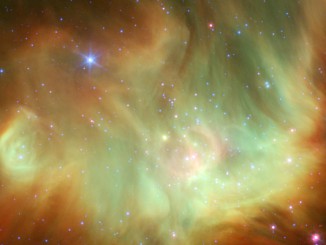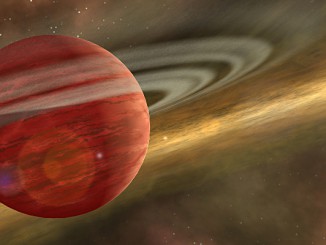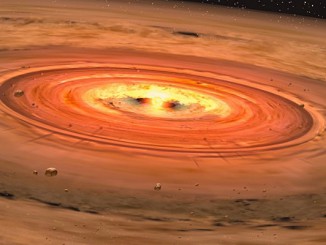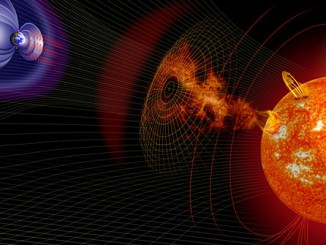
Theoretical study concludes most Earth-like worlds have yet to be born
Earth came early to the party in the evolving universe. According to a new theoretical study, when our solar system was born 4.6 billion years ago only eight percent of the potentially habitable planets that will ever form in the universe existed. And, the party won’t be over when the Sun burns out in another 6 billion years. The bulk of those planets — 92 percent — have yet to be born.









